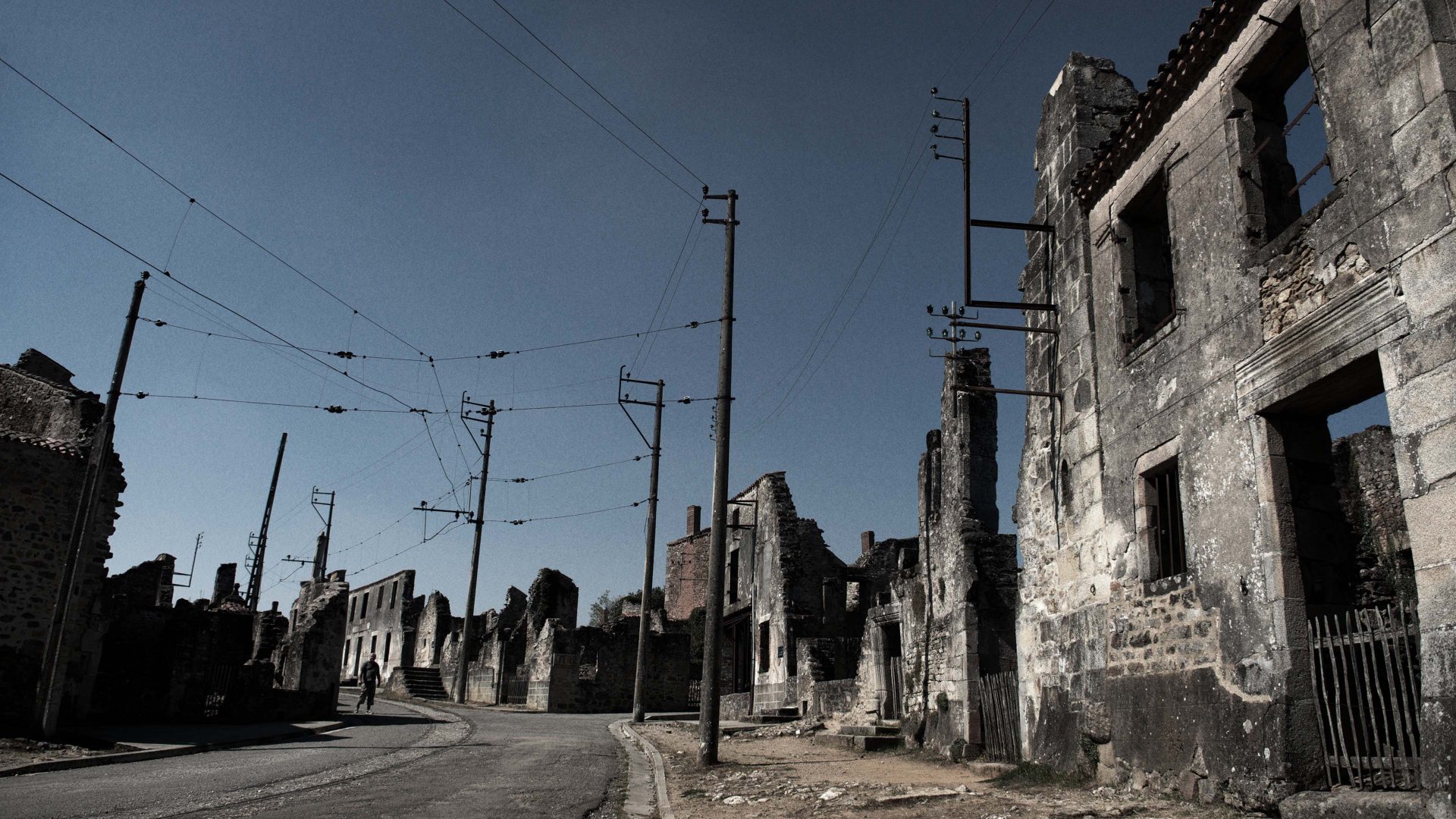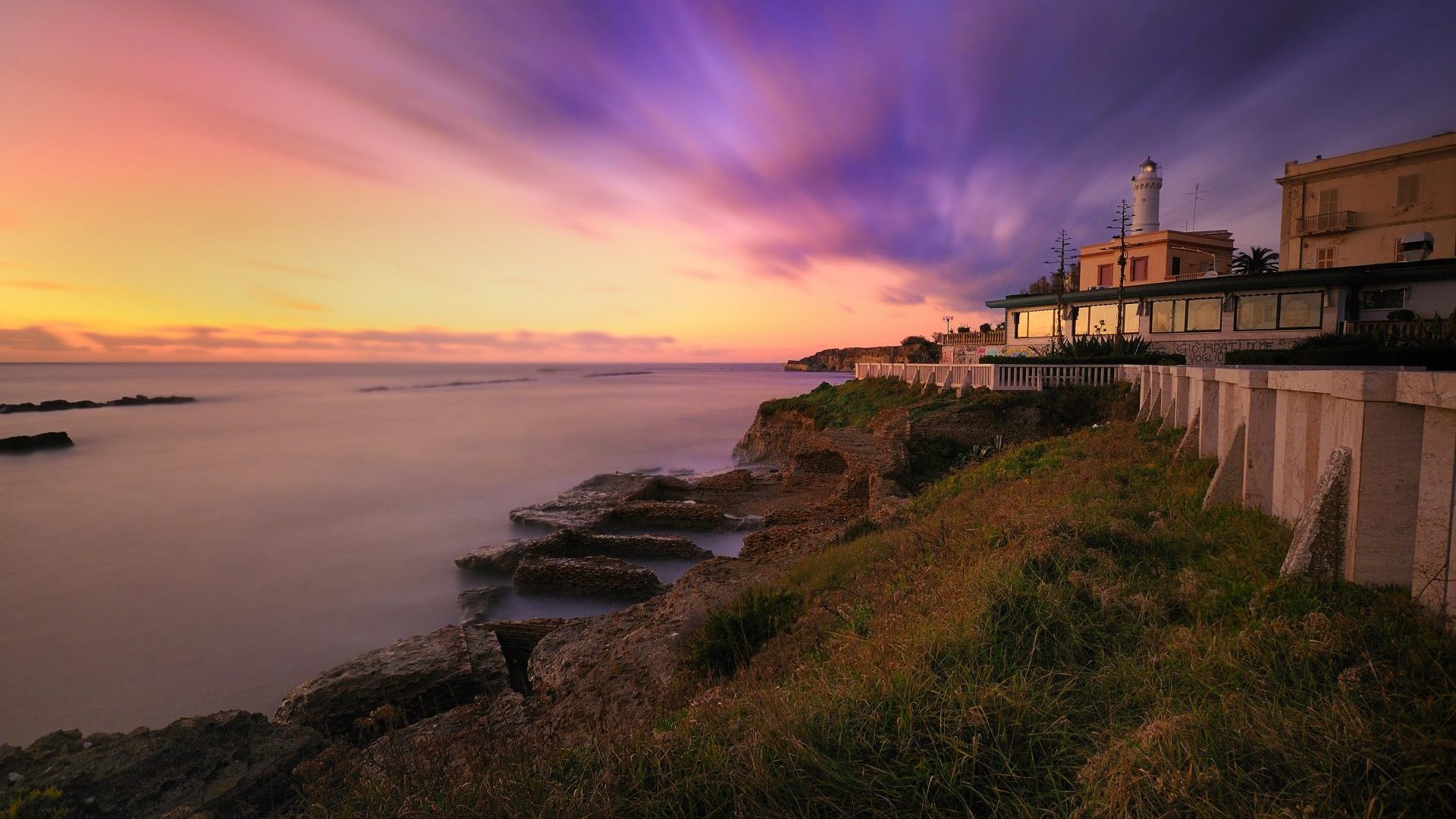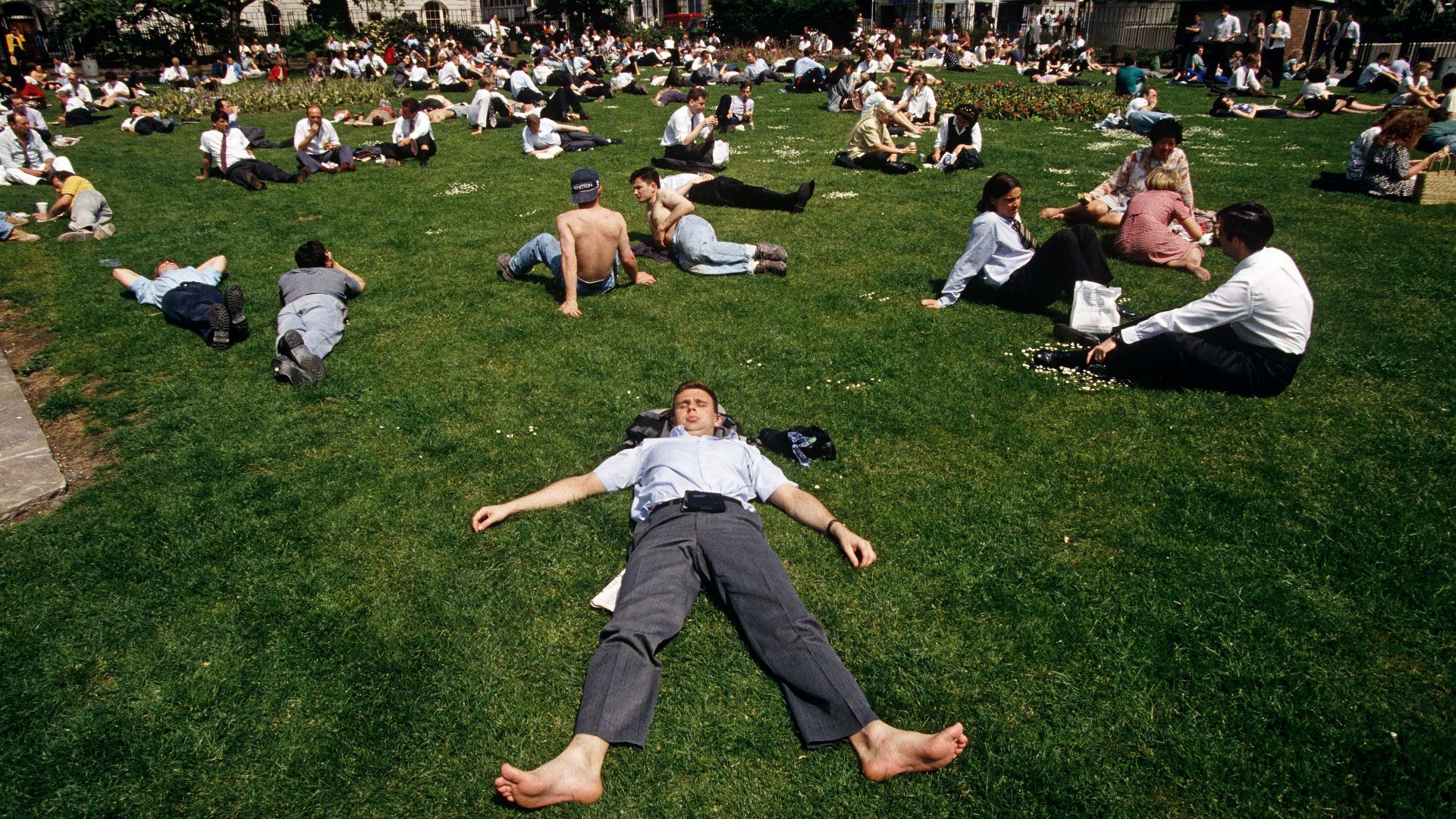When I lived there in the mid-1970s, Limoges was a large, sleepy town, known for its decorative porcelain and for being half way between Paris and Toulouse. It was here, as an undergraduate, that I spent a year teaching reluctant French students the joys of 1970s British pop culture, while also seeking to drum a few words of English into them.
A senior university official, who was French, had assigned us places in various provincial cities for our year abroad – I still remember the wistful look in her eye at the merest mention of Marshal Philippe Pétain. I was sent to Limoges, deep in what had once been Vichy territory.
I went back to Limoges recently, and found a town that could no longer be described as either sleepy or boring: the old technical institute where I taught had vanished beneath new glass and steel university buildings. But something had not changed – and that was the ruined remains of a small town around 15 miles to the west of Limoges, named Oradour-sur-Glane.
Oradour-sur-Glane was once a typical French village, with a church, a market and a mayor. But four days after D-Day, it was the site of an almost unimaginably brutal war crime. On June 10 1944, the Der Führer regiment, a branch of the 2nd SS Panzer Division, Das Reich, moved in. That unit had spent the previous two years putting down Soviet partisan resistance on the Eastern Front.
By the end of that June afternoon, 642 of Oradour’s inhabitants had been slaughtered. Some were shot, others were herded into a church, which was set alight. The entire town was incinerated.
We only know the story of Oradour-sur-Glane because seven people survived the atrocity. In the wake of the outrage, German High Command claimed that villagers at Oradour had been complicit in the assassination by the resistance of Helmut Kämpfe, a senior Nazi officer. A theory suggests that Das Reich mistook Oradour-sur-Glane for nearby Oradour-sur-Vayres, which may have harboured resistance fighters.
Oradour-sur-Glane was never rebuilt, left in its devastated condition as a memorial to the dead, not only of Oradour, but of all France. As I wandered through its streets I gazed through empty windows at the remnants of lives. In one room was a row of charred sewing machines on benches. In another, the rusted remains of farm tools. Parked outside, the burnt-out wreck of the doctor’s car.
It reminded me of images I’d seen of the ruins of Dresden – the way the blackened stone façades reached skyward. The desolated village is large enough that you can wander around it almost feeling alone.
The visitor centre has pictures of life before, during and after the massacre and remarkably even German film of the event. It was the everyday nature of life in Oradour-sur-Glane that so jolted me; the incongruity of what would come to pass.
Despite the witness testimony, the German footage and the various theories that have emerged, there remains no definitive explanation as to why Oradour-sur-Glane was singled out. As recently as 2019, however, a resistance veteran’s public confession cast new light on events around that time. On around June 6, the resistance had captured 50 or more German soldiers at Tulle. These prisoners were being marched under armed guard by about 30 resistance fighters when Allied Command at Saint-Fréjoux ordered their execution. The German soldiers were all shot at Le Vert, near Meymac, south-east of Limoges. The German War Graves Commission is set to investigate the supposed location of the captives’ graves.
The Limoges of the 1970s is closer in time to the war than to our present day. The events at Oradour-sur-Glane were fresh in the minds of many French people, which is why so many of my colleagues were thrown by my urge to go there and confront its horrors. And now Europe is once more a witness to invasion, brutal destruction and war. I wonder now if we ever can – or indeed if we ever should – put such horrors behind us.



